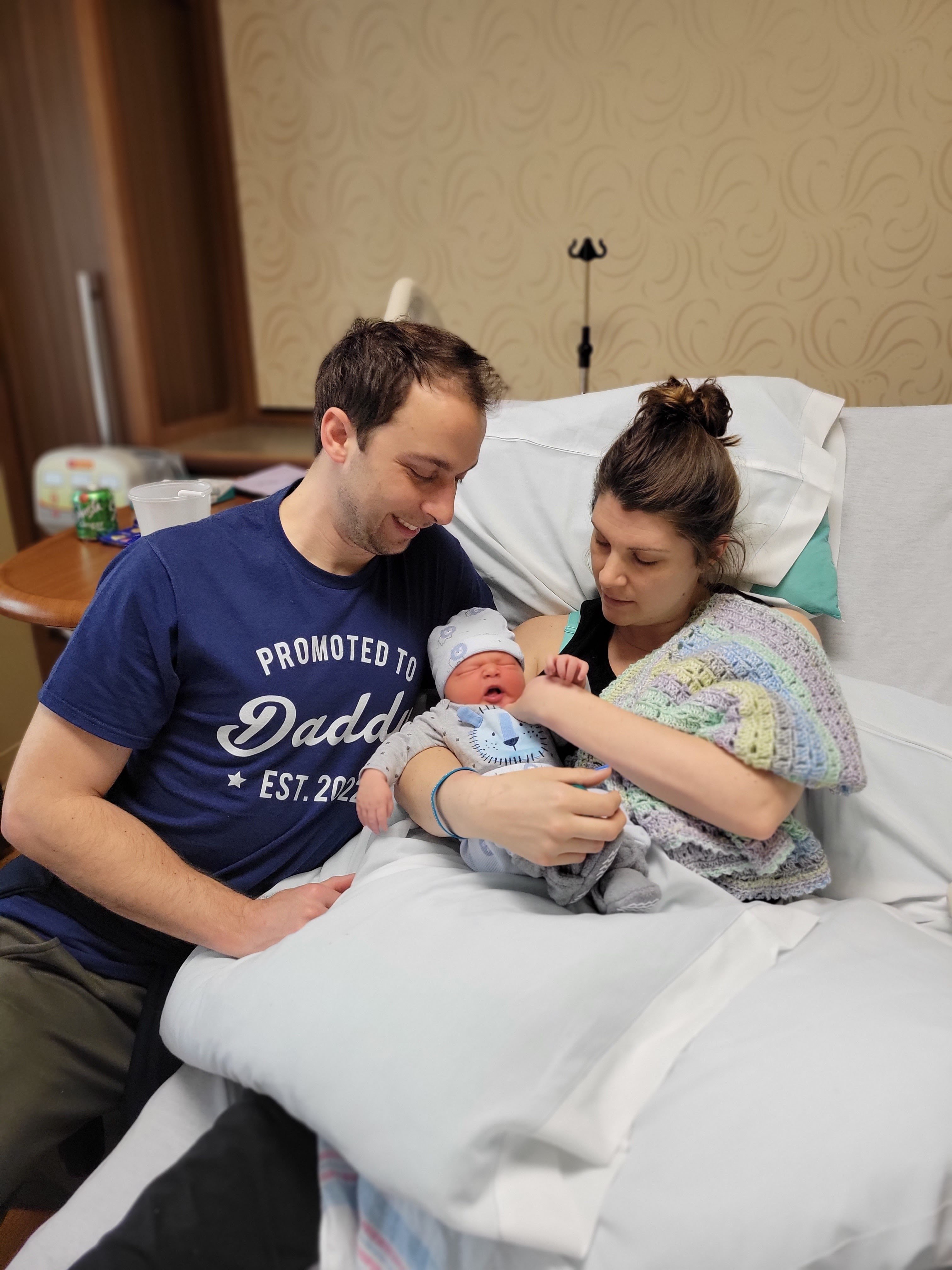Written by TMRnerve.com Staff

Nurse practitioner Sarah Derocha was on a medical missions trip in 2014 to Salar de Uyuni, Bolivia, when her life changed forever.
A SUV struck the bus she and 44 colleagues were riding in head-on.The bus lost control and flipped on its side, pinning Derocha’s left hand underneath the full weight of the vehicle. She had been scalped in the accident and was bleeding from her head. Her radial artery, which supplies blood to the forearm, had been severed.
In time, Sarah was rescued from the wreck, but the journey to get her to a local hospital and then home to Illinois was long and difficult.
Sarah’s injuries to her hand were grave. She had a crush injury, which severely damages nerves. She lost her hand and still had glass in her stump six months after the accident. It took five surgeries to get her functioning again, but she was far from feeling OK. She had also developed three neuromas.
Hands are sensitive. When the nerves there are severely damaged, they regenerate into themselves, evolving into extremely painful phantom pain and neuromas. The then-26-year-old was in constant, severe pain. Heavy pain medication, antidepressants and medical marijuana only went so far. She didn't want to become dependent on the drugs. Sarah faced a severe dilemma: her pain was unbearable but the treatment options for that pain presented new complications.
While she was doing occupational and physical therapy, she crossed paths with a friend of Dr. Gregory Dumanian. Her friend understood how much she was suffering and recommended that she see him at Northwestern. “My family and I went to see Dr. Dumanian who immediately offered me a chance to participate in a ‘double-blind’ study for methods to resolve neuroma pain.” Derocha was thrilled. She had never heard about TMR, the procedure Dr. Dumanian had pioneered, as her experience in nursing was on the acute care side and not in the aftermath of injury.
Through the study, she received TMR surgery performed by Dr. Dumanian in February 2015. She was back to work by August. For Sarah, the 90-minute procedure completely took away the phantom pain and neuroma pain. She was able to finish graduate school, married and recently had a baby.
Dr. Dumanian says, “Sarah was brave. She was not going to accept the status quo. When she entered the study, TMR was not yet really established as a treatment for nerve pain and phantoms.” Dr. Dumanian and his colleagues have performed many TMR surgeries since, but Sarah had an unusual situation because she still had some sensation and movement in her hand and remaining fingers. As a “partial hand” amputation, Sarah presented several unusual challenges the surgical team had not faced before.
Dr. Dumanian went into her forearm and split off a piece of still-functioning nerve. He also deadened the rest of the nerve that had been going to the areas of the hand that were amputated. This included the four different nerves: the ulnar nerve, the median nerve, the radial nerve and the lateral antebrachial cutaneous nerve. The median nerve is the nerve that becomes irritated in carpal tunnel syndrome. He transferred the painful nerve endings to motor nerves that supply muscles of the forearm and left the uninjured portions of the same nerves intact when possible. Because Sarah was missing her index, middle finger and thumb, the muscles that had previously supplied these fingers became redundant. Saving a portion of a nerve and splitting off the injured aspects of the same nerve is possible in the arm, because a single nerve is made of multiple cables that run lengthwise toward the thumb and fingers.
Sarah was also unusual in that she switched all her post-amputation care to Northwestern. Many patients fear switching providers due to the complexity of care. Dr. Dumanian is proud to have had Sarah as a patient in his study. “She randomized herself to a protocol that we didn't have the answer to. That’s brave. Because of her, people around the world are now accepting TMR as an acceptable treatment for (post-amputation nerve) pain.” For Sarah Derocha, TMR surgery was absolutely life-enhancing. As more physicians are being trained in the procedure, Derocha hopes people will seek out this solution to nerve pain.
Motor nerve - Motor neurons of the spinal cord are part of the central nervous system (CNS) and connect to muscles, glands and organs throughout the body. These neurons transmit impulses from the spinal cord to skeletal and smooth muscles (such as those in your stomach), and so directly control all of our muscle movements.
Ulnar Nerve - Beyond the elbow, the ulnar nerve travels under muscles on the inside of your forearm and into your hand on the side of the palm with the little finger.
Radial nerve - A nerve in the human body that supplies the posterior portion of the upper limb.
Median nerve - The median nerve or carpal tunnel nerve is a narrow passageway surrounded by bones and ligaments on the palm side of the hand.
LABC nerve - Runs distally (located away from the center of the body) along the outer border of the forearm.
Written by TMRnerve.com Staff
Targeted Muscle Reinnervation (TMR) is a surgical treatment that is gaining acceptance for nerve pain associated with amputation.
TMR is not a treatment option for patients with spinal cord injuries, brachial plexus injuries, or who are generally not healthy enough for surgery. The procedure does present typical risks of surgery. Patients may experience a temporary increase in pain as part of the nerve healing process. Your physician will help you determine whether TMR is right for you.
Gregory Dumanian, MD, is medical director of TMRnerve.com. He is a paid consultant of Checkpoint Surgical, Inc.
Copyright Checkpoint Surgical, Inc. 2025 Privacy Policy